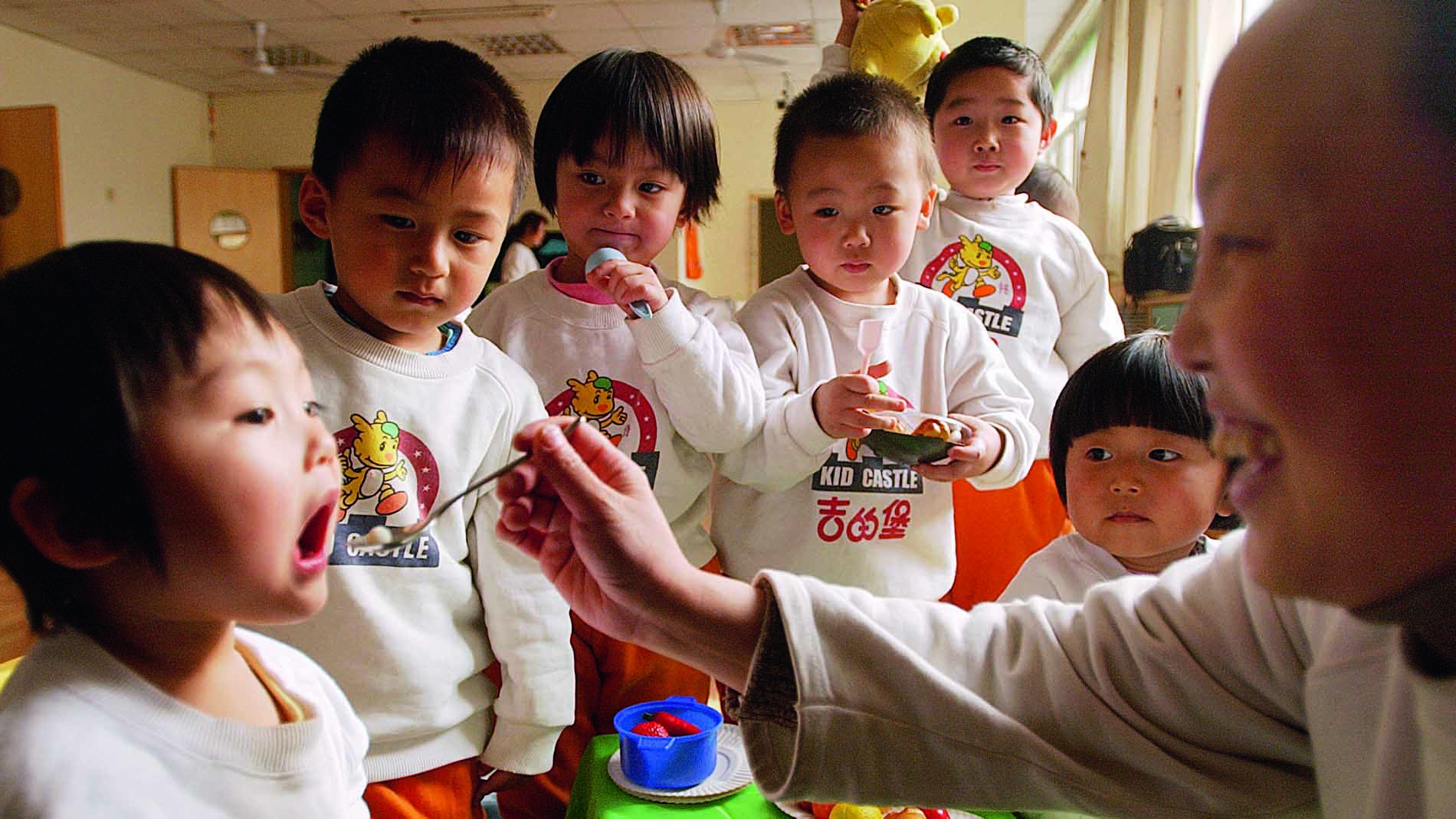Gu Fangzhou: Sugarcoating Vaccines

Most Chinese people born after the 1960s share a similar memory: When they were young, they were given a small white sugar pill that melted instantly on their tongue. In the days when food, clothing and commodities were scarce, this “candy” lingered as a sweet memory in the minds of many children. This seemingly insignificant sugarcoated pill has saved the lives of countless Chinese children and completely eliminated polio in China.
On January 2, 2019, virology expert Gu Fangzhou passed away in Beijing at the age of 92. Not until his passing did many come to appreciate China’s “father of sugar pills.”

Difficult Times
A highly infectious viral disease, polio is most likely to affect children. Many infected with the disease suffer from life-long disabilities even after they recover. Many had limbs amputated, others became paralyzed and countless lives were lost to the virus. In the 1950s, fear of polio was rooted deep in the hearts of Chinese.
In 1955, a disastrous polio outbreak in Nantong, eastern China’s Jiangsu Province affected 1,680 people. The epidemic resulted in 466 deaths, and polio spread to neighboring areas. Appalled by the massive number of casualties, the government designated Gu Fangzhou, who had just returned from a scientific expedition to the Soviet Union, to develop a vaccine.
The same year, Gu and his research team traveled to the mountainous areas of Yunnan Province in southwestern China to prepare a polio vaccine production base with the goal of developing and producing 4.5 million doses. The production base was situated on Yu’an Mountain in Kunming, which lacked roads, water and electricity at the time. It took only nine months for researchers to build shelters and transport the equipment themselves, and soon a vaccine production base was functioning on the barren hills.
“We had nowhere to live up there,” Gu recalled. “We had to set up our own base and work everything out by ourselves. There wasn’t enough food. It was a very difficult period.”
In early 1960, China successfully developed a polio vaccine. The vaccine, however, could not be used immediately without clinical trials. After passing product quality tests, they also had to pass the crucial final step of human trials. More specifically, the vaccine had to be tested on preschool-aged children. Gu took the bold step of administering an oral vaccine to his one-month-old son. Moved by his determination, his colleagues followed suit and administered the vaccine to their own children which provided strong support for preliminary evaluation of the safety and efficacy of the vaccine.
The team’s actions also ideally brought attention to the vaccine. Word spread, and soon clinical tests of 4.5 million people in Beijing, Tianjin, Shanghai, Qingdao and Shenyang evidenced that the incidence rate of polio dropped significantly. The first attempt at polio vaccine research and development proved successful.

Scientist and Strategist
Developing a basic polio vaccine was still not enough for Gu. The second phase, in his eyes, was providing full immunity. To ensure public immunity, a masterplan had to be drawn.
Vaccines can be classified as attenuated or inactivated vaccines. At that time, existing polio vaccines developed in the United States and the Soviet Union generally used injectable inactivated vaccines. Experts held different views: Some argued that inactivated vaccines were safer and that attenuated vaccines could recover virulence in feces after leaving the human body; others stressed that the attenuated vaccine could be distributed in the environment after being discharged from the body to become a natural vaccine that helped human form an immunity barrier that inactivated vaccines could not.
As the debate raged on, Gu determined that an inactivated vaccine was not suitable for China’s local conditions. First, inactivated vaccines are costly. Back then, hundreds of millions of children were eagerly awaiting the vaccine, and the government could not afford the costs. Second, injecting children would have required a huge trained epidemic prevention team that China lacked at that time. Above all, although inactivated vaccines can reduce the incidence of the disease, their power to control the epidemic was inadequate. Multiple doses were required, and if antibodies in the blood did not survive long enough, the virus could still cause an epidemic. This situation was confirmed by studies in the United States, Canada and other countries.
Gu Fangzhou, holding a thick stack of research papers, considered his options, and ultimately decided to recommend that the state give up the inactivated vaccine program in favor of attenuated vaccines.
After mass production, the next problem was delivering the vaccine to every child. This also required a refined strategy.
American children could go to health clinics for injections, but this method would not work for China’s children at the time. Children living in remote areas such as the Qinghai-Tibet Plateau, the barren areas of Xinjiang Uygur Autonomous Region and the deep mountains of Guizhou Province were most in need of the vaccine. A minor mistake could have led to a relapse. At that time, there was no cold chain service in China. Gu had to figure out how to transport the vaccine across the country while preserving its effectiveness. His solution was sugarcoated pills. Liquid vaccines were invented first but transportation of those vaccines was found to be difficult. After the invention of sugar pills, epidemic prevention personnel could preserve the sugar pills in thermos bottles with ice cubes to ensure the effectiveness of the live vaccines.
Thanks to such innovative strategies, the candy vaccine was embraced in every corner of China. The sugarcoated polio vaccine was available in China’s rural areas by 1965, reducing the disease’s incidence rate exponentially. In 1978, China began to implement a nationwide immunization program and incidence continued to plummet.
In 2000, the World Health Organization certified China “polio-free.” The immunization strategy that Gu Fangzhou embraced for four decades wiped out the disease in China, for good.